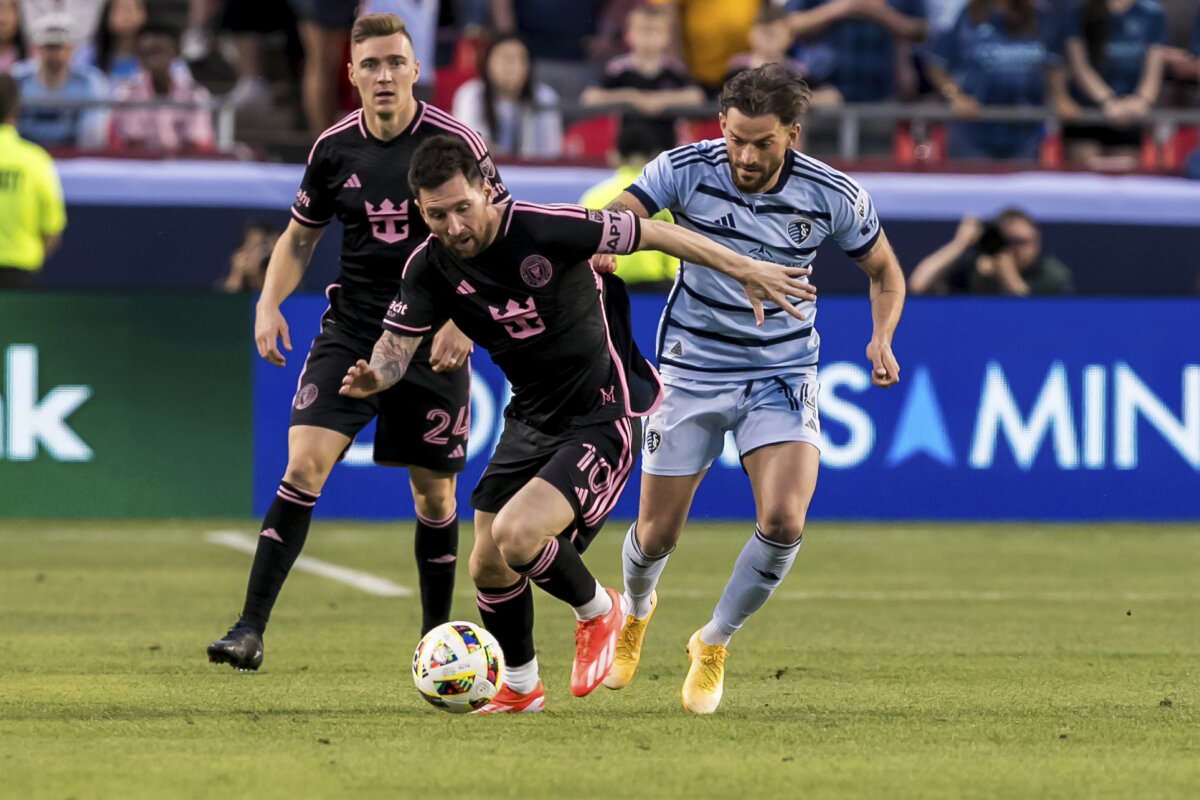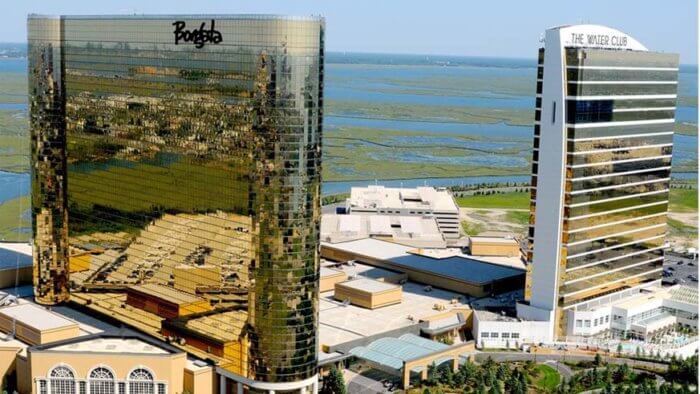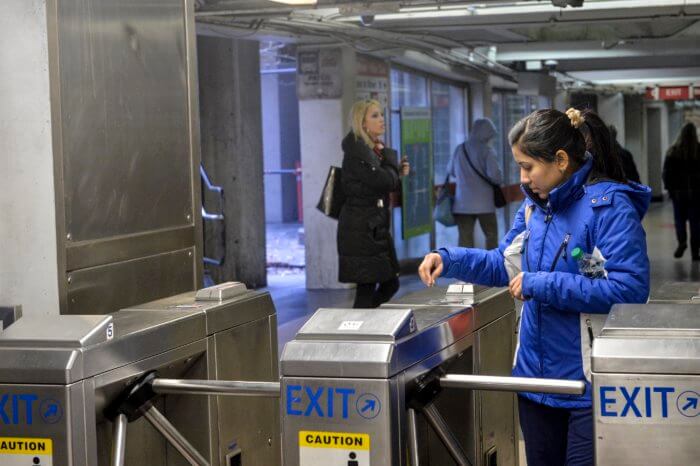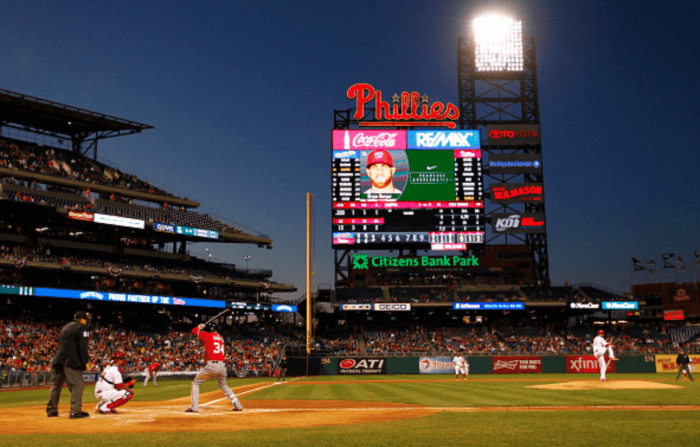 Grays Ferry Avenue was named after George Gray, whose family ran the Schuylkill River ferry until it was replaced by a floating bridge during the American Revolution.
Grays Ferry Avenue was named after George Gray, whose family ran the Schuylkill River ferry until it was replaced by a floating bridge during the American Revolution.
Credit: R. Kennedy for Visit Philadelphia
Grays Ferry is one of those neighborhoods with hazy borders, loosely defined by Grays Ferry Avenue on the north, Vare Avenue on the south, as far east as 25th Street, and running west to the Schuylkill River. Aside from location, the area isn’t defined by much else. It’s a border neighborhood without trendy restaurants, artisan boutiques and an influx of hipsters or pioneering homebuyers. But the recent development — and, let’s be real, gentrification — of Point Breeze has us wondering how long before some of that finds its way into Grays Ferry.
Last month, a Bottom Dollar grocery store opened with plenty of ceremony at 31st and Grays Ferry, right across from a PathMark. It’s a big deal for residents because it provides options, of course, but it may also increase foot traffic. It also opens the door for more development on that corridor.
Al Perry is a real estate agent at Century 21, and he can see that buyers and developers are starting to take notice of Grays Ferry. “We just need some trailblazers. History has shown that people will do it, buyers will blaze that trail,” he says, referring to Point Breeze specifically. “Most of the undeveloped lots in Grays Ferry are in high demand right now. Not for development yet, but buyers are trying to acquire these while they’re still affordable.”
“Once people put a shovel in the ground,” he adds, “it’ll quadruple in price. Now is the calm before the storm.”
Perry believes that in a year or two we’ll be seeing much more development in Grays Ferry. But Abe Haupt, a realtor at U S Spaces, doesn’t think a new Bottom Dollar means much.
“A grocery store isn’t an anchor for a neighborhood,” Haupt says. “A neighborhood needs coffee shops and eateries, and that’s always been a weakness of Grays Ferry.”
Haupt is convinced real development in Grays Ferry is much further out. “In another 10 years it might be a great neighborhood,” says Haupt. “Grays Ferry has a lot of potential, but potential is just a fancy way of saying it hasn’t been done yet.”
Rehab vs. new
Al Perry predicts that, as far as development in Grays Ferry goes, we’ll see a ton of rehabbing rather than new buildings.
“There isn’t a demand for [new buildings],” says Perry. “There are smaller development projects instead — homes being purchased and rehabbed. And it gives people an incentive to fix up their own homes, too.”































